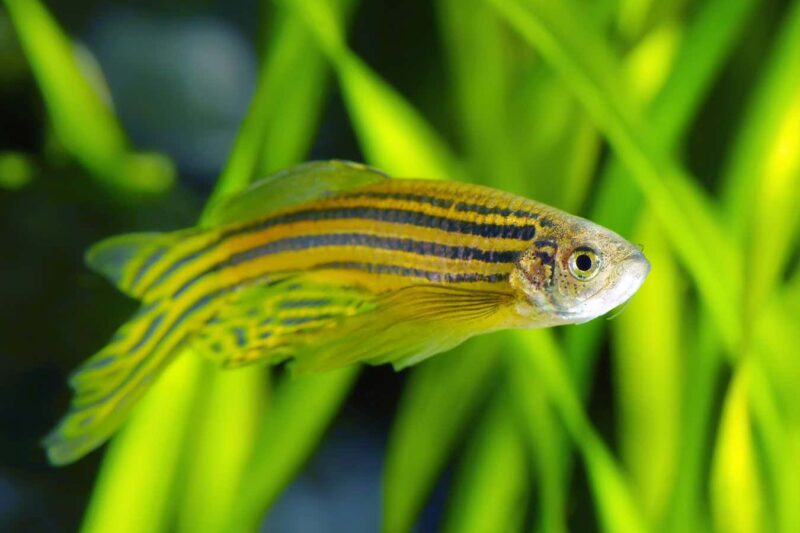Female zebrafish stock up their eggs with a supply of a compound that acts as a sunscreen
Grigorev Mikhail/Shutterstock
Gadusol, a type of sunscreen, is present in zebrafish eggs to shield the developing embryo from UV radiation.
UV radiation from the sun are harmful. Melanin, a protective pigment, is produced by vertebrates to counteract this. Fish, and other aquatic animals, have cells called melanophores that create melanin. However, melanophores don’t appear until late in embryonic development, thus it has been unclear what safeguards fish embryos in the interim.
James Gagnon of the University of Utah and his colleagues examined zebrafish, which have no discernible protection against ultraviolet light due to the transparency of their larvae and their habit of living and reproducing in shallow, sunny waters.
In particular, they investigated gadusol, a chemical known to absorb UV light that is present in the eggs of this and many other fish species.
Scientists altered zebrafish DNA to remove the eevs gene, which is required for gadusol production. These were bred with wild zebrafish, all of which carried the gene, and the progeny were studied.
The presence of gadusol in the eggs, embryos, and larvae of zebrafish only occurred when both parents carried the eevs gene.
When embryos and larvae from moms lacking the eevs gene were exposed to UV light by Gagnon and his colleagues, the embryos did not grow and only 2% of the larvae survived.
High quantities of molecules termed cyclobutane pyrimidine dimers, a sign of DNA damage, were also seen in embryos exposed to UV light without gadusol protection.
This shows “how far organisms go to protect their genome,” as Alexander Schier of the University of Basel in Switzerland puts it. The mother creates and deposits a chemical similar to sunscreen to shield her developing embryos and eggs from the sun’s harmful rays. It’s a brilliantly simple way to ensure the safety of translucent creatures.
Gagnon and his team also analysed the genomes of 136 fish species, where they found that genes for gadusol production are abundant but absent in species that lack a need for the eevs gene, such as deep-sea fish and electric eels, because they inhabit dark or murky water.
FAQs
Q: How do zebrafish protect their embryos from UV radiation?
A: Zebrafish use gadusol, a natural sunscreen chemical present in their eggs, to shield developing embryos from harmful UV rays.
Q: Why are zebrafish embryos vulnerable to UV radiation?
A: Zebrafish embryos lack melanin and melanophores, which are common protective mechanisms in other vertebrates, making them vulnerable to UV radiation.







